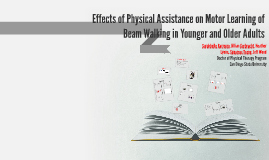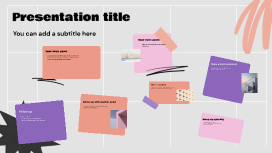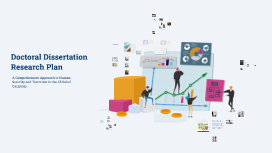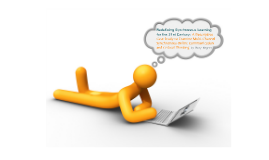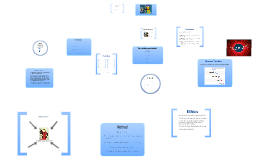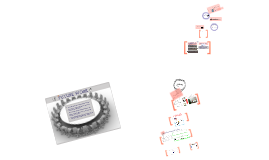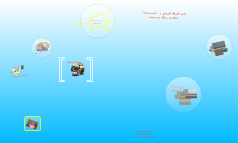Doctoral Dissertation Presentation
Transcript: Doctoral Dissertation Presentation Data Analysis Techniques Exploring the Impact of Technology on Education The study utilizes advanced statistical analysis techniques, such as regression analysis and data mining, to interpret the collected data and derive meaningful insights. By applying these techniques, the research aims to uncover patterns and relationships between technology use and educational outcomes. Importance of the Study Understanding the impact of technology on education is crucial for educators, policymakers, and stakeholders to make informed decisions and implement effective practices. This study aims to explore the benefits, challenges, and implications of technology integration in the educational landscape, providing valuable insights for improving learning outcomes and student engagement. Research Methodology Background of Technology in Education Exploring Technology in Education Technology has become integral in educational settings, offering tools for interactive learning, virtual classrooms, and personalized instruction. It has opened new avenues for accessible and inclusive education for all learners, regardless of their location or circumstances. The foundation of the study lies in designing an effective research approach for investigating the impact of technology on education. Technology has revolutionized the field of education, transforming teaching methods and learning experiences. Data Collection Methods The research employs a combination of qualitative and quantitative data collection methods, including surveys, interviews, and classroom observations. By gathering data from multiple sources, the study ensures a comprehensive analysis of technology's impact on educational outcomes. Research Design and Approach Future Trends The future of educational technology is promising, with advancements in AI, virtual reality, and adaptive learning systems set to transform the educational landscape further. The study utilizes a quantitative research design to analyze the correlation between technology integration and academic performance in educational settings. The approach includes surveys, interviews, and observations to gather comprehensive data. Integration in Modern Education Unleashing Student Engagement Through Technology Today, educational technology is seamlessly integrated into classrooms, offering interactive learning experiences and personalized instruction for students. The integration of technology in education has revolutionized student engagement, transforming traditional learning experiences. Evolution of Educational Technology Personalized Learning Experiences Technology enables personalized learning paths tailored to individual student needs, promoting autonomy and self-paced learning. Data-Driven Insights Enhanced Interaction and Participation Enhanced Accessibility and Inclusivity Historical Context The evolution of educational technology has revolutionized the way students learn and teachers teach, shaping the future of education. Utilizing data analytics, educators gain valuable insights into student progress and performance, enabling targeted interventions and support. Technology facilitates interactive learning methods, encouraging active participation and collaboration among students. Technology enhances accessibility for students with diverse needs, ensuring inclusivity and equity in educational opportunities. Educational technology has its roots in the early 20th century with the use of audiovisual aids, evolving through the decades to encompass digital tools and online platforms. Cultivating Lifelong Learning Skills Technology cultivates essential skills such as critical thinking, problem-solving, and digital literacy, preparing students for the dynamic future workforce. Last checks... Adding final touches... Write something high-impact about this photo Polishing up... Dive deep into your first point or make a new one Limit your words so your audience stays focused Share a last point about this concept Use this space for details that you haven’t talked about yet. Hang on... A final point, a quote, more context — adapt the template to fit your needs. Remember that your presentation is almost done, so keep it simple. Thinking cap on... Fine-tuning... Keep your words short and punchy so your audience stays focused. Design at work... Keep it quick You have space for details later Share a last point about this concept Summarize each point you made Give quick call-backs so your audience remembers Leave space for questions







